Glossary of Textile Terms
•Nap fabric : This refers to woollen overcoating of up to 1,000 g/m² which has been rubbed during finishing to produce a beady or pilled surface.
•Narrow fabric : Sometimes known as ‘smallwares’. (1) Any textile fabric not exceeding 45 cm in width with 2 selvedges (2) Any trimming
•Needlecord : A fine-ribbed corduroy used for dresses.
•Ninon : This may be used to describe a voile fabric made form manufactured fibres. Originally it applied to fine, light open silk cloths with highly twisted yarns woven in groups of two or three in both warp and weft and known as double or triple Ninon.
•Nun’s veiling : A very lightweight cloth in plain-weave, usually woven from worsted, silk, or cotton yarns and dyed black.
•Ombré : A cloth showing graduated colours or shades produced in weaving, dyeing or printing.
•Ondé or ondulé : Descriptive of fabrics having a wavy effect of wavy lines produced by weaving or calendering. In the former, either the weft yarns or the warp follow a waving pattern.
•Organdie : A lightweight, plain-weave cotton fabric which has been given a durably stiff transparent finish, preferably by treatment with strong sulphuric acid. Used for dresses and stiffening.
•Organza : A sheer, stiff, plain-weave cloth originally made from continuous filament silk in the gum, but now also made from continuous filament manufactured fibres. This fabric may be dyed, printed or machine embroidered.
•Ottoman : A warp-faced cloth with a fairly flat, bold, smooth, weft-way rib. Originally made from a silk warp and worsted weft. The heavier weight cloths are suitable for tailoring and may have a small fancy design included in the general weft-way rib effect.
•Oxford : A good quality shirting fabric made in a plain-weave with two ends weaving as one. It is generally made from cotton. Stripes of dyed yarn or decorative weaves are sometimes introduced.
•Panama : A worsted fabric with a clear finish weighing about 200 g/m² and used for tropical suitings. The fabric is of a plain-weave and square construction. Fibres other than wool may be used. (NB A Panama embroidery canvas of a hopsack weave which is beetled must not be confused with the worsted Panama).
•Peau de soie : A French term meaning literally ‘skin of silk’, applied originally to a fine silk fabric in a modified satin weave having a ribbed or grained appearance, sometimes reversible. The term nowadays includes fabrics made from manufactured fibres. It is recommended that in such contexts the make of the fibre should be indicated.
•Percale : A plain-weave, good quality, closely woven cotton cloth of approximately square construction. It may be glazed in finishing. Used typically for summer dresses and sheets.
•Piece : The unit length of fabric removed from the loom. The standard length depends on the type of fabric but may be such as best suits the purchaser. Piece lengths are generally between 75 and 120m. According to the state of the cloth expressions such as ‘loomstate piece’ and ‘dyed piece’ may be used.
•Pile fabric : A fabric with tufts of fibre or loops of yarn projecting from the surface. The most important classes of pile fabric at present are (a) woven, in which case it has cut or uncut warp pile or cut weft pile, (b) knitted, in which case end of fibres may form the pile or the pile may consist of loops, or, (c) tufted, which results in brushed, cut or uncut pile.
•Pilot : A heavily milled and raised woollen cloth generally used for seamen’s jackets and overcoats. It is available in a wide range of fibre qualities. A 2/2 twill is often used.
•Piqué : Originally a woven cloth with rounded cords running in the weft direction, now often made in a lightweight Bedford cord weave with the cord running in the warp direction. Different widths of cord may be produced in one cloth to create interest and the fabric may be printed. A piqué effect may be produced by warp or weft knitting.
•Plush : A cut warp-pile fabric similar to a velvet but having a longer end less dense pile laid in one direction.
•Pongee : True pongee is woven from wild silk in a plain weave. It is rather lighter in weight and somewhat less irregular in appearance than shantung. It is now also made from some manufactured fibres and cotton. Cotton pongees are mercerised and Schreinered to develop the lustre. Weight about 75 g/m²
•Poplin : A plain weave cloth with fine weft-way ribs. There are twice as many ends as picks. It is frequently made from cotton or blends, preferably with 2-fold yarns. Poplin is available in various weights, making it suitable for shirts or rainwear, depending on the finish applied. Sometimes it is printed or woven with decorative stripes. An Irish poplin used to be made with a silk warp and a worsted weft.
•Poult : A plain weave fabric made from continuous filament yarns with a more pronounced, smooth, clear rib than a taffeta and a faille because of the inclusion of a coarser weft and about three times as many ends as there are picks. This fabric may be moiré finished. It was originally known as Poult-de-Soie. Weight about 140 g/m²
•Printed cloth : A cloth on which a coloured pattern has been printed.
•Pure new wool : A description of wool textiles carrying the IWS Woolmark. A maximum tolerance of 5% is allowed for non-wool fibres used for decorative effects and 0.3% for inadvertent impurities
•Ratiné : Originally a thick woollen cloth with a curled nap. Ratiné, the past participle of the French verb ratiner (meaning to cover with a curled nap) has also been applied to a cloth made form a variety of fibres, with a rough surface produced in one of a number of different ways, either by using a fancy yarn in a cloth to which a special finishing technique may or may not be applied or by using ordinary yarns in a cloth to which the special finish is applied.
•Regatta : A good quality 2/1 twill fabric of almost square construction and about 180 g/m² woven in even width stripes of dyed and white yarns. It is commonly made from cotton or other suitable staple fibre. Often used for nurse’s uniforms.
•Regina : A fine quality 2/1 twill fabric with about twice as many ends as picks and weighing about 100 g/m²
•Ribbon : An attractive woven fabric characterised in the higher qualities by fine warp yarns and high warp density and usually of lustrous appearance. Generally used for trimming and adornment.

 可依
可依 COEE
COEE 依立雅
依立雅 易美尔
易美尔 易美尔
易美尔 大布豆
大布豆 衬衫面料(色织格布)
衬衫面料(色织格布) 戈劳恪斯
戈劳恪斯 汇鑫
汇鑫 欧卡桑 OICS
欧卡桑 OICS 纤侣品牌内衣
纤侣品牌内衣 艾秀雅轩
艾秀雅轩 嘉友加湿器
嘉友加湿器 利安宝
利安宝 伊见钟情情侣装
伊见钟情情侣装 中国纺织品网
中国纺织品网 伊见钟情
伊见钟情 SWELLYA/舒维雅
SWELLYA/舒维雅 无纺羊毛毡
无纺羊毛毡 羊毛毛毡无纺毡
羊毛毛毡无纺毡 2013中国轻纺城市场图册
2013中国轻纺城市场图册 2012秋冬孕妇上衣
2012秋冬孕妇上衣 三妹公司产品
三妹公司产品 酒店毛巾
酒店毛巾 超可爱布艺花色抱枕
超可爱布艺花色抱枕 温情美女服装
温情美女服装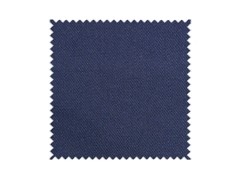 cvc防静电工装面料 30×30 68×68
cvc防静电工装面料 30×30 68×68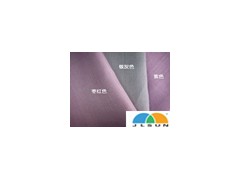 防静电面料 抗静电面料布 防静电阻燃面料 防静电防水面料
防静电面料 抗静电面料布 防静电阻燃面料 防静电防水面料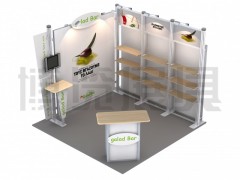 展览器材、展览套装、SC104系列、展台搭建
展览器材、展览套装、SC104系列、展台搭建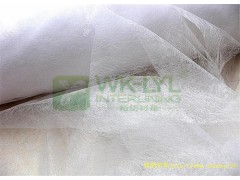 双面粘合衬_优质双面粘合衬_双面粘合衬销售_直销双面粘合衬
双面粘合衬_优质双面粘合衬_双面粘合衬销售_直销双面粘合衬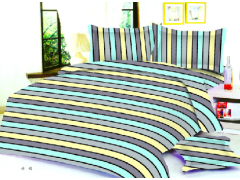 定做全棉床上4件套可贴牌
定做全棉床上4件套可贴牌 防滑软木带
防滑软木带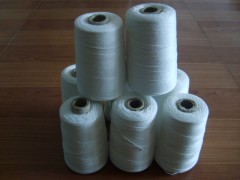 3*3封包线缝包线封口线缝口线打包线2*3
3*3封包线缝包线封口线缝口线打包线2*3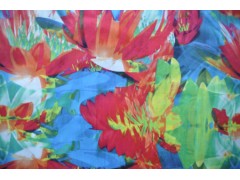 专业数码印花
专业数码印花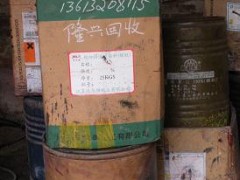 求购库存染料颜料色浆油墨
求购库存染料颜料色浆油墨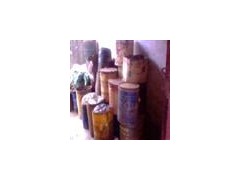 回收废旧化工染料颜料助剂油墨18732029968
回收废旧化工染料颜料助剂油墨18732029968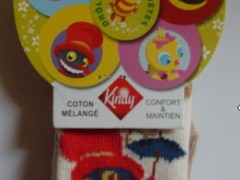 紧急求购库存袜子
紧急求购库存袜子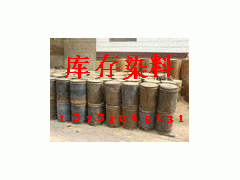 回收印染厂染色后剩余的库存染料及助剂
回收印染厂染色后剩余的库存染料及助剂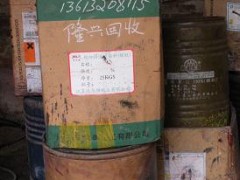 需求闲置染料颜料
需求闲置染料颜料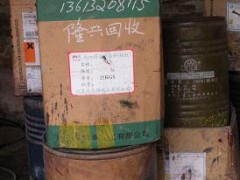 中国二手染料市场回收旧染料颜料
中国二手染料市场回收旧染料颜料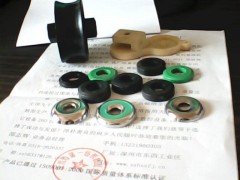 整经机各种压力盘和张力盘等
整经机各种压力盘和张力盘等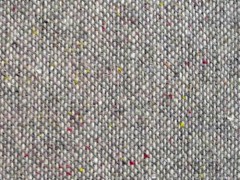 钢花呢面料
钢花呢面料









 |地址:浙江省绍兴市柯桥区鉴湖路(中国轻纺城)
|地址:浙江省绍兴市柯桥区鉴湖路(中国轻纺城)